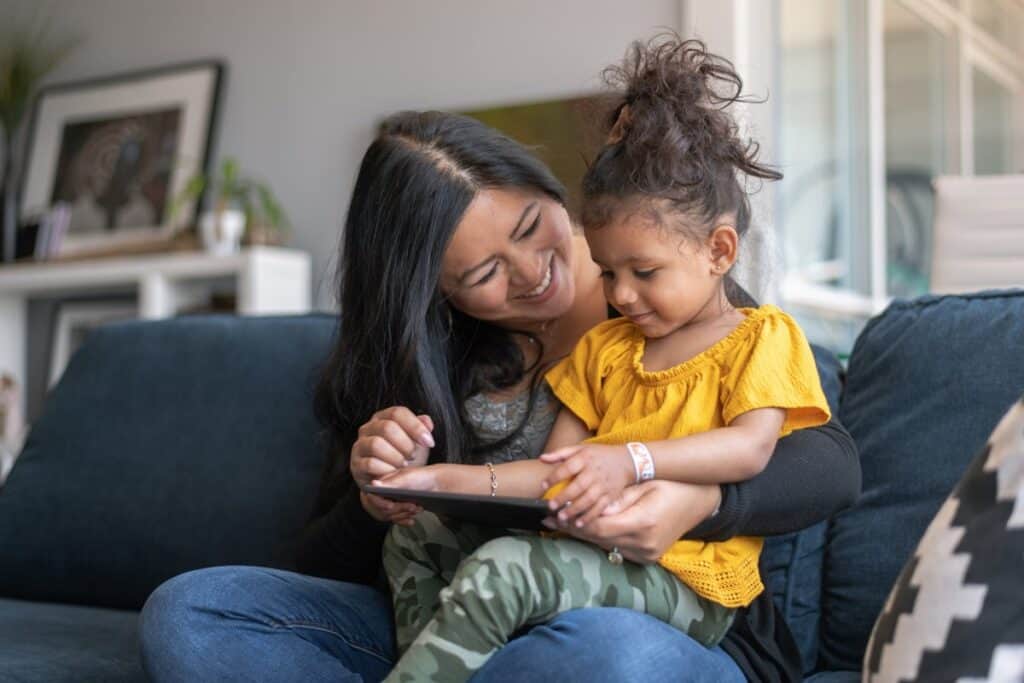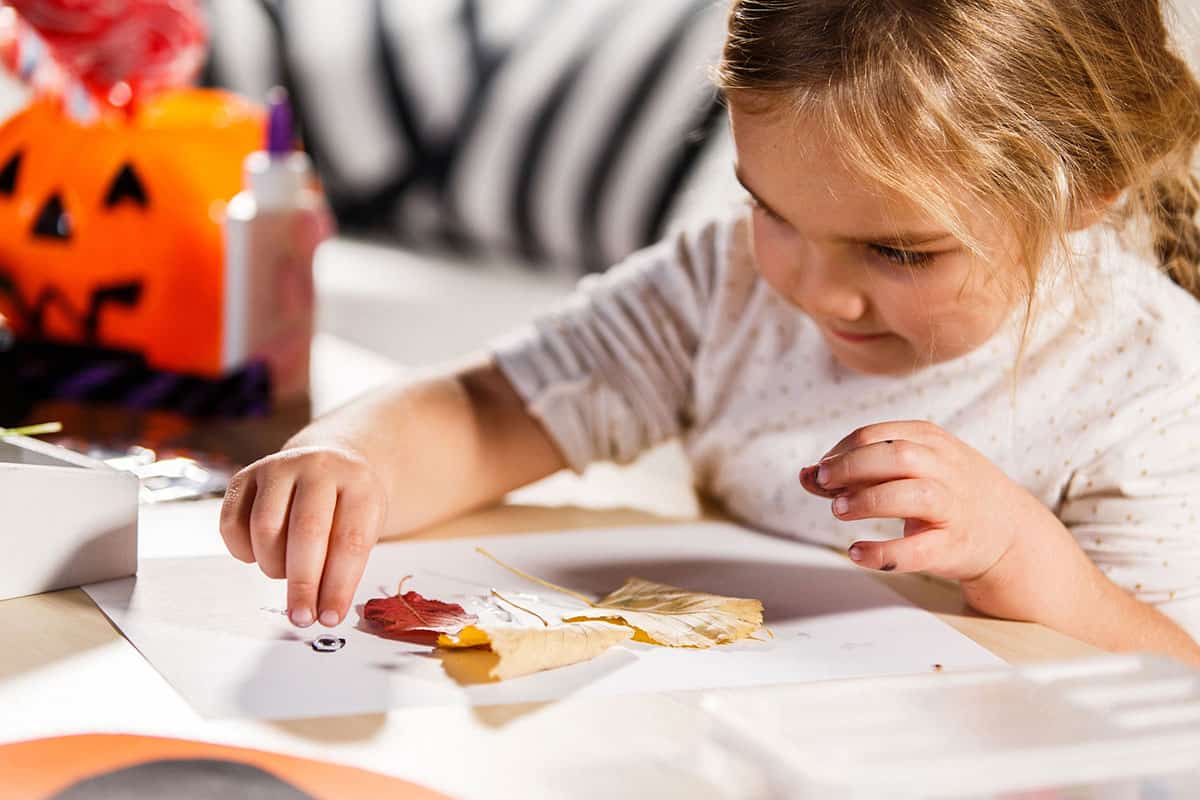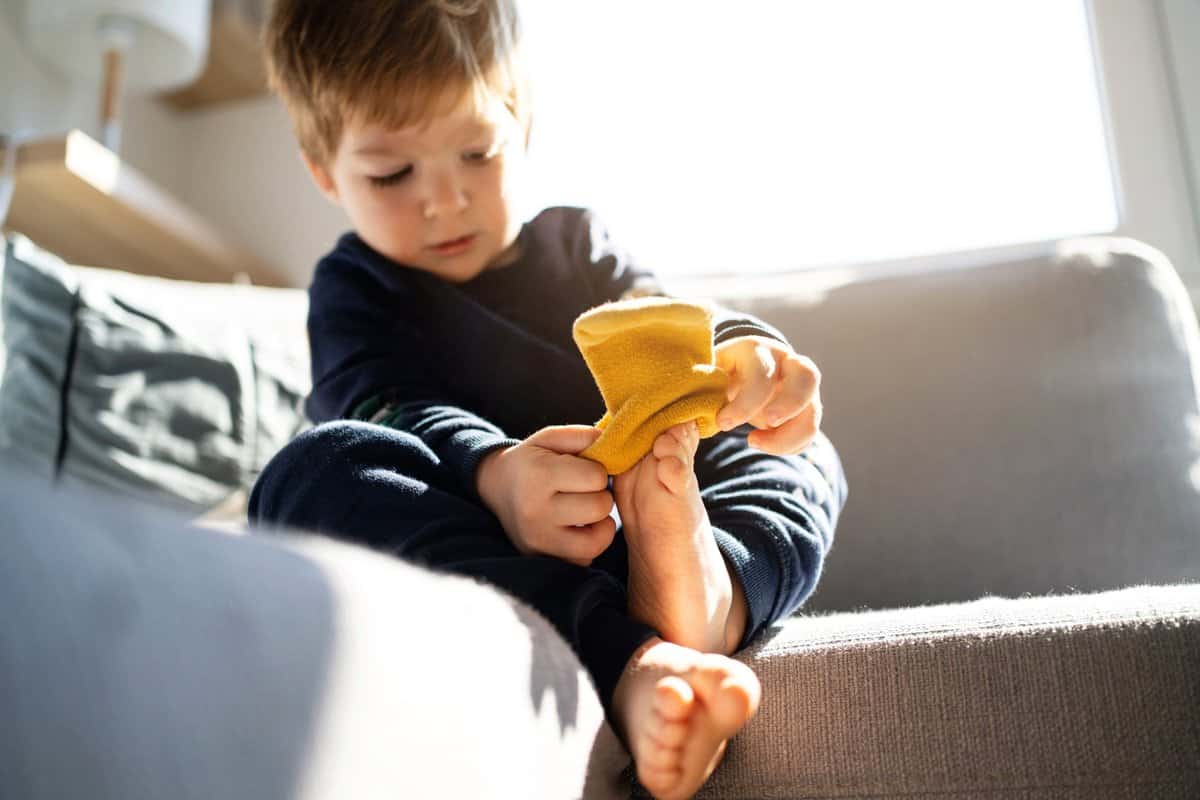

Screen Time Tips for Toddlers and Preschoolers

Screens are everywhere—TVs, phones, tablets, and more. Every family handles screen time differently, and it can be hard to decide how much to allow. Setting limits is important, but sticking to them can be hard. These tips can help you keep screen time safe, healthy, and balanced.
What the Experts Recommend
The American Academy of Pediatrics suggests no screen time for children under 18 months. For children ages 2 to 5, the recommendation is no more than one hour a day, and only high-quality programs.
The Impact of Screen Time in the Early Years
The first five years are a critical time for brain growth. Children learn best through play, conversation, and real-world experiences. Too much screen time can interfere with sleep, attention, and social development. That’s why it’s important to balance screens with active play and family time.
Tips for Managing Screen Time
Here are some ways to keep screen use safe and positive if you choose to include it in your child’s routine:
- Choose high-quality content. Opt for educational shows, games, or apps that encourage problem-solving, creativity, or learning. Public broadcasting and trusted child development organizations often share reliable recommendations.
- Watch together. Co-viewing allows you to engage with your child during screen time—asking questions, exploring new ideas, and connecting what they see on-screen to real life. The Joan Ganz Cooney Center calls this “joint media engagement,” and it can transform passive viewing into meaningful learning.
- Set clear limits. Decide when and how long screens are allowed, and keep a routine. For example, one hour in the evening while dinner is cooking. Predictability helps children know what to expect.
- Avoid screens during meals and bedtime. Keeping meals screen-free encourages conversation, while turning off screens at least one hour before bedtime supports better sleep.
- Focus on safety. For older preschoolers who may explore online content, use parental controls, disable in-app purchases, and supervise closely.
- Prepare for transitions. Give warnings like, “Ten more minutes, then we’ll pick a new activity.” Have another option ready so your child can switch more easily.
- Encourage movement. For every 20–30 minutes of screen time, invite your child to stretch, dance, or play outside.
- Model healthy screen habits. Children learn by watching the adults around them, so if they often see you on your phone or another device, they’ll likely want to do the same. Stay present during playtime, set aside moments for reading and hands-on activities, and be mindful of your own screen use.
Key Takeaways
Toddlers and preschoolers learn best through play, creativity, and face-to-face time with family and friends. Limiting screens and keeping balance helps your child grow in a safe, healthy




